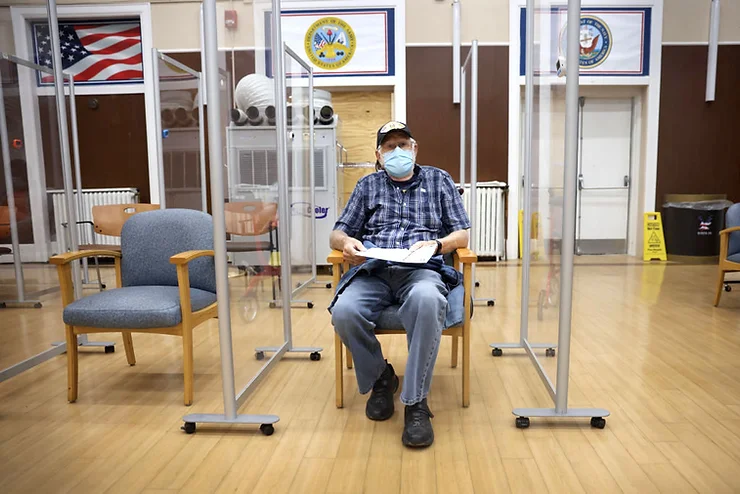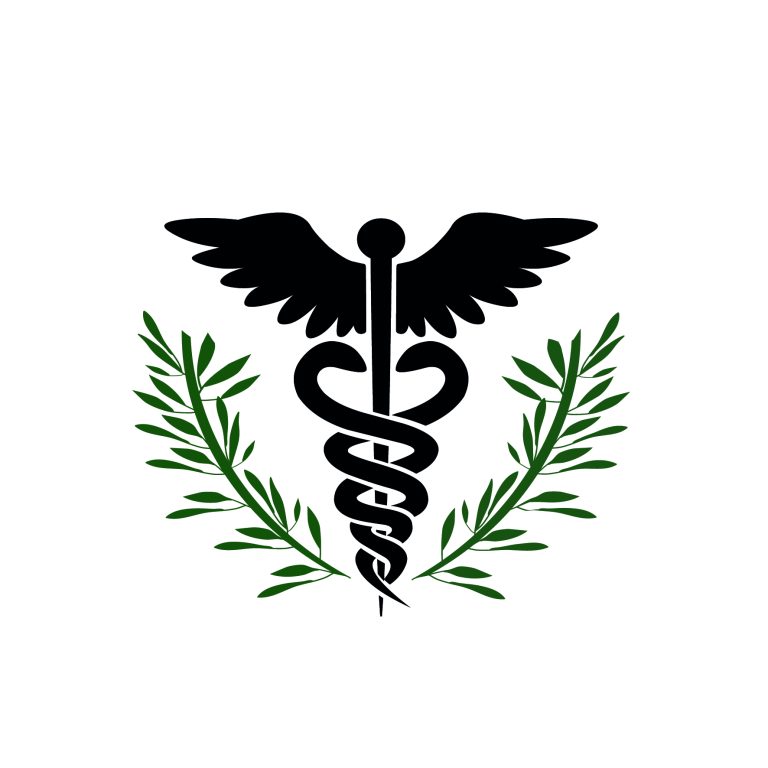A story on VA Privatization by James Martin, AFGE, National Representative, National VA Council (NVAC).
I’ve worked as an emergency physician at various private hospitals in the Chicago area since 1978. Since 2006, I have been an emergency physician at the James A Lovell Federal Health Care Center in North Chicago. It’s run jointly by the Navy and the Department of Veterans Affairs. Before I came to work at Lovell, my work was as frustrating as it was rewarding. Because so many of my civilian patients were poor and/or uninsured, they had no access to primary care. They therefore turned to the emergency room a place to address issues that others take to a primary care physician.
These patients have fallen through the very wide cracks we have in our broader healthcare system. I worked hard to help them, but I often couldn’t address their problems. I am not, after all, a primary care doctor. Even when I could offer care, I felt frustrated because so many patients couldn’t afford the necessary medications or follow-up care. No matter how good I was at my job, it felt like I was always failing my mission.
That all changed when I answered an ad in a medical journal looking for board-certified emergency physicians. I applied, got the job, and entered the VA.
From my very first shift on my very first day, I was stunned by the environment. For the first time in my decades’ long career, I was finally practicing medicine the way it should be practiced. I was fulfilling my mission to effectively care for my patients.
Because I was working in the VA and for the Navy, the majority of my patients were assigned primary care providers and did not have to use the ER as a source of primary care. Because they had easy access to healthcare, they weren’t letting problems fester. They were coming to the ER for the right reasons, not when an unmanaged routine problem turned into a catastrophe.
Another major benefit is that the VA, unlike the private sector, utilizes same system-wide electronic healthcare record. This means that if any VA patient comes in for an emergency — no matter what part of the country they hail from — I was able to immediately access their total healthcare history – like previous operations, underlying conditions, and medications they had been prescribed.
I have now worked at the VA for nearly 20 years. I remain convinced that VA delivers care the way care should be delivered in the United States. But things are starting to shift. Because Congress passed the VA MISSION Act, the VA is sending more of my patients into the very same private sector healthcare system that made it so hard for me to do my job. In the process, we are not only jeopardizing the integrated care the VA has provided for decades, but dangerously fragmenting the care millions of veterans receive. Plus, we’re making it really hard for clinicians like myself to effectively care for our veterans.
Let me give you a revealing example of the impacts of fragmented care. I recently had a 70- year-old veteran visit the Emergency Department. Two weeks prior, he was experiencing chest pain and went to the ER at another nearby private sector hospital. He was admitted and had an extensive cardiac evaluation. Then he was discharged from that hospital. Two weeks later, he presented in my facility with chest pain.
I immediately wanted to know what had happened to my patient in the private sector hospital. If he’d been previously admitted to any VA hospital, this information would have been at my finger trips. I could have looked at prior EKG tests, X-rays, blood work, angiography reports. It’s all there.
Because he’d come from the private sector, I was flying blind. In this particular case, the private hospital had scanned the file into a pdf, so. I at least had that. The problem was, I was confronted with an 82-page file, which was difficult to thoroughly check on a computer. I printed out the entire thing, sat down, and leafed through it quickly to find important sections. Some of the information was there, but I didn’t have the EKG images, the chest X-Ray images.
Time was of the essence. When it comes to chest pain, which is a symptom of a heart attack, our motto, in fact, is “time is muscle,” because every minute that goes by more heart muscle is going to die. And here I was wasting precious minutes printing a pdf and trying to find relevant sections. Believe me, this was not a good feeling.
Numerous studies have documented the “VA advantage” when it comes to emergency room care. VA patients not only receive excellent ER care from the ER team, but they are also followed by their primary care team and other specialists who work to coordinate their care. We know that the VA delivers care that is far superior to the private sector, particularly when it comes to emergency care. So why are we sending so many patients out to the private sector? Why is my job caring for them becoming harder? The VA should be a model for the private sector. They should be learning from us. Instead, our model of coordinated care is being contaminated by the kind of care fragmentation that I experienced all too often in my earlier career. Enough is enough.




